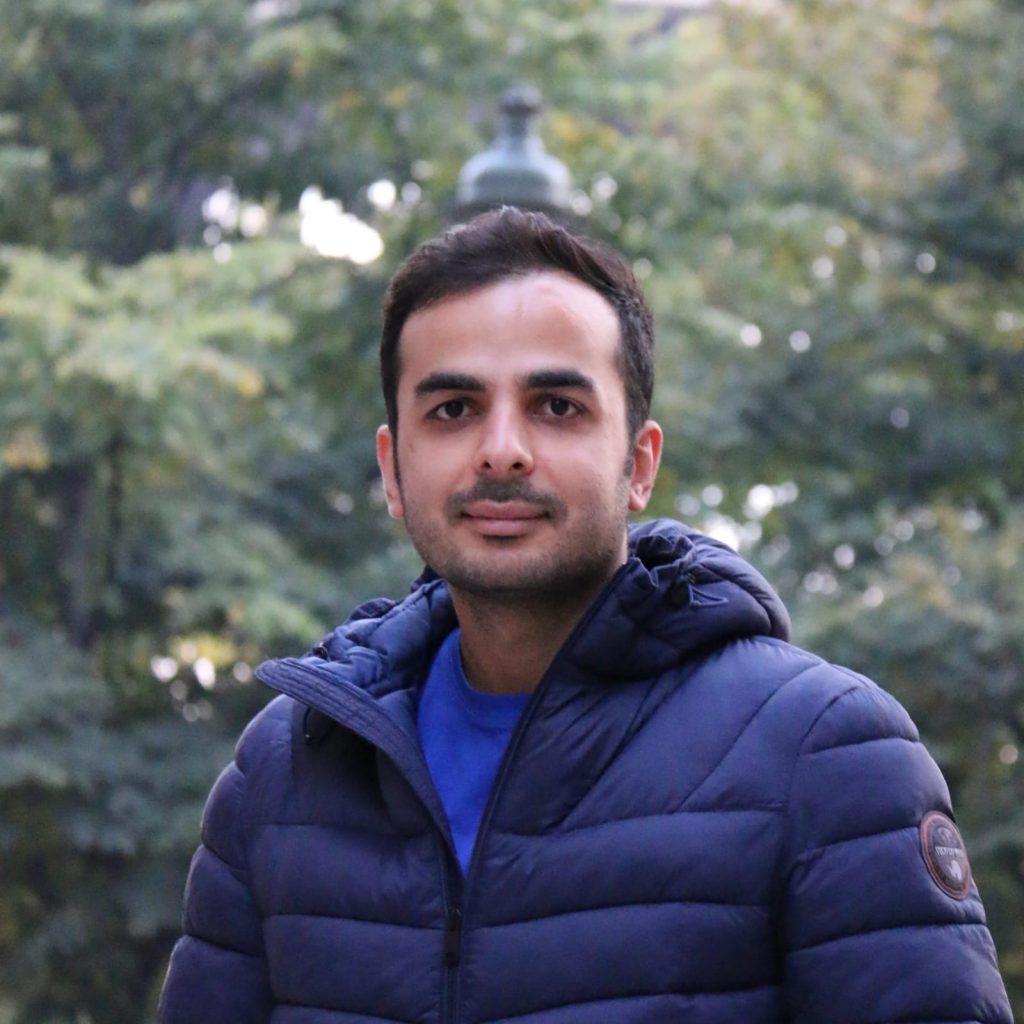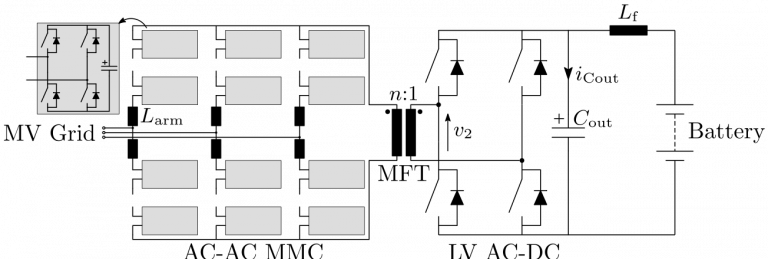PHD candidate
Kaveh Pouresmaeil
- Einhoven University of Technology
- Work package 5: Charging mobility – Medium-voltage charger technology



High-power chargers are essential to charge electric vehicles with large battery capacities. These chargers should be connected to medium voltage grid, as they can cause low voltage grid excessive loading. Traditionally, bulky LF transformers provide the galvanic isolation and interface medium voltage to low voltage level which can be handled by available power switches. Since the relative size of the transformer is reversely proportional to its operating frequency, the large LF transformer can be replaced by a smaller MF transformer. First, there should be a power electronics interface to convert LF MV to MF MV, while limited blocking voltage of power switches is prohibitive. Eighter series connection of semiconductors or multi-cell solutions can be employed to withstand MV. Nonetheless, multi-cell solutions have been adopted more as a result of lower harmonic content. The power electronics interface can be either single-stage (AC/AC) or two-stage (AC/DC-DC/AC). Single stage interface is preferred in size/cost-constrained applications, and those which need no MV DC-link. The conventional way to implement single-stage (AC/AC) stage is to use cascade cells (active bridges), each of which is connected to a MF transformer. However, it decreases the power density of system, since the limited blocking voltage capability of the cell determines the number of cells and, therefore, the number of MF transformers. It should be considered that, despite the number of cells and their blocking voltage, the insulation distance of each transformer should be kept constant. One alternative we are working on is to employ (3-ph AC/ 1-ph AC) modular multi-level converter connected to one or a few more MF transformers, which can decrease the cost and improve the power density of the system. Achievements in this sector can eliminate some of the existing barriers to EV industry development, thereby paving the way for “zero emission energy and mobility.”
